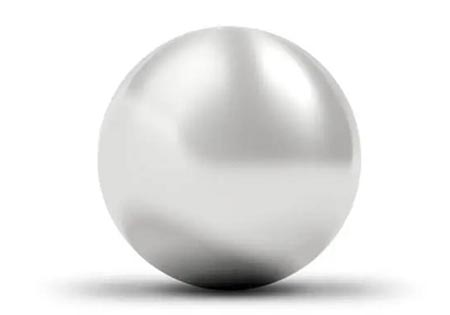What are the disadvantages of forged steel?
Views: 941 Update Date:Sep 12 , 2024
When it comes to manufacturing and construction, forged steel has long been a popular choice for its strength and durability. However, like any material, it's not without its drawbacks.
- Specialized equipment
- High energy consumption
- Skilled labor
These factors contribute to a higher overall cost compared to other manufacturing methods. For instance, producing a forged steel ball often involves more resources than creating a similar component through casting or machining.
- Laps and folds
- Improper grain flow
- Internal voids
Such imperfections could compromise the integrity of the final product, whether it's a structural beam or a forged steel ball for industrial applications.
- Increased carbon emissions
- High water usage
- Potential for pollution if not properly managed
Prev: Is Forged Steel Stronger than Steel?
Next: Whose Forged Steel Ball and Grinding Rod are Right for You?
1. High Production Costs
One of the primary drawbacks of forged steel is the expense involved in its production. The forging process requires:- Specialized equipment
- High energy consumption
- Skilled labor
These factors contribute to a higher overall cost compared to other manufacturing methods. For instance, producing a forged steel ball often involves more resources than creating a similar component through casting or machining.
2. Limited Shape Complexity
While forging can create incredibly strong parts, it does have limitations when it comes to intricate designs. This is particularly noticeable when manufacturing items like forged steel balls, which are typically simple in shape. For more complex geometries, other production methods might be preferable.3. Size Restrictions
Forging equipment has size limitations, which can be problematic for large-scale projects. Although a forged steel ball can be produced in various sizes, there's an upper limit to how large these components can be while still maintaining the benefits of the forging process.

4. Potential for Defects
Despite the strength of forged steel, the manufacturing process can sometimes lead to defects if not carefully controlled. These may include:- Laps and folds
- Improper grain flow
- Internal voids
Such imperfections could compromise the integrity of the final product, whether it's a structural beam or a forged steel ball for industrial applications.
5. Environmental Concerns
The forging process is energy-intensive and can have a significant environmental impact. Producing items like forged steel balls requires high temperatures and heavy machinery, leading to:- Increased carbon emissions
- High water usage
- Potential for pollution if not properly managed





